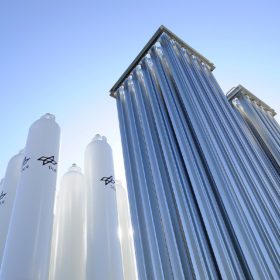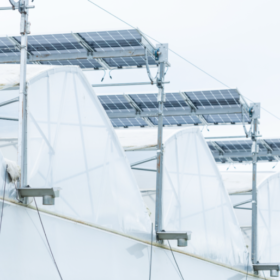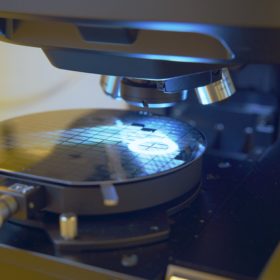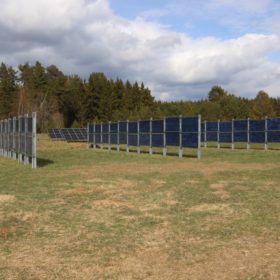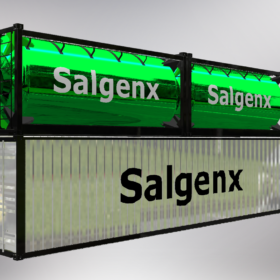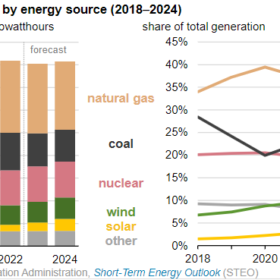Turkey aims to produce hydrogen at $2.40/kg by 2035
Turkey has released a hydrogen roadmap as part of its plans to meet its 2035 net-zero emission targets, hinging on solar energy and importing electrolysis technologies in the short term. Gulmira Rzayeva, research fellow at the Oxford Institute for Energy Studies, says this target is realistic.
Only5mins! – ‘We are in desperate need of power’
Chanda Nxumalo, the chairperson of the South African Photovoltaic Industry Association (SAPVIA), speaks with pv magazine about the prospects of the South African energy market, its new regulations and the bright future for the PV sector. Nxumalo also addresses the challenges and opportunities for battery storage, green hydrogen and women in renewables.
Eggplants grow 50% more under solar panels
French specialist Sun’Agri unveiled the agronomic results on a crop of eggplant grown in a greenhouse commissioned in the Lot-et-Garonne in September, 2020.
US startup begins producing 40%-efficient thermophotovoltaic cells
Antora Energy says its new 2 MW factory will make thermophotovoltaic cells for thermal storage applications. The cells are based on III-V semiconductors and reportedly have a heat-to-electricity conversion efficiency of more than 40%.
Sweden deployed 1 GW of PV in 2022
Sweden’s cumulative installed solar capacity hit 2.6 GW at the end of December.
Only5mins! – The steeplechase of perovskite solar
The potential of perovskite solar cells and modules is still held back by issues such as stability and efficiency losses when scaling up from cell to module. But Annalisa Bruno, a scientist at Singapore’s Nanyang Technological University, says most of these challenges could be overcome in the near future, with this technology extending from building-integrated PV to conventional solar projects.
Eritrea to build first utility-scale solar plant
The African Development Fund is helping the Eritrean government to deploy a 30 MW solar facility in Dekemhare, Eritrea. It has launched a tender to seek consultants for the project.
Vertical PV for clean energy and crop production
Researchers and project developers throughout the world are increasingly looking at agrivoltaic installations with vertically oriented solar panels.
US startup unveils saltwater flow battery for large-scale storage
US-based Salgenx has developed a scalable redox flow battery with two separate tanks of electrolytes, one of which is saltwater. Unlike other flow batteries, the new device is membrane-free, promising big gains at the levelized cost of storage level.
US to add 63 GW of PV by end 2024
Solar and wind generation are expected to reach 16% of the US grid’s supply this year, doubling the 2018 total, said the US Energy Information Administration (EIA). By 2024, renewables will account for more than one-quarter of electricity generation in the United States.
